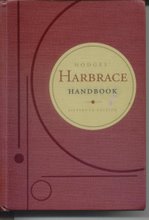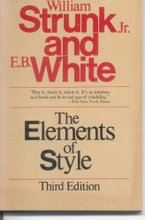Sometimes we all write (or have to edit) sentences --- like those legendary, paragraph-long ones in The New Yorker, with interminable interjections inside dashes, that take a few too many twists and turns, that pile "which clauses" upon "who clauses" and end up making readers forget where they began, or what the point was in the first place, if there was one --- that simply go on too long.
Often, you can put a period before a "who clause" and start a new sentence with "he" or "she." Likewise with "in which" and "where" clauses can easily be turned into their own sentences. Sometimes, on inspection, you realize a comma followed by an "and" reads better as a period and a new sentence, with no need for the "and" at all.
Sometimes you realize those long appositive clauses and interjections inside dashes can be taken out and made into nice, clear sentences of their own. Often an adverbial clause floating around the middle of a sentence makes a lot more sense at the beginning.
These "sentence-shortening" skills are essential to writing for the ear (radio, TV and speeches), for children 's publications, and for Ernest Hemingway parodies. (The fish was big. He caught it. It took a long time. His hands hurt.)
Harbrace makes especially good reading on the subjects of sentence Subordination and Coordination (Chapter 24), Emphasis (Chapter 29) and Variety (Chapter 30).
Often, you can put a period before a "who clause" and start a new sentence with "he" or "she." Likewise with "in which" and "where" clauses can easily be turned into their own sentences. Sometimes, on inspection, you realize a comma followed by an "and" reads better as a period and a new sentence, with no need for the "and" at all.
Sometimes you realize those long appositive clauses and interjections inside dashes can be taken out and made into nice, clear sentences of their own. Often an adverbial clause floating around the middle of a sentence makes a lot more sense at the beginning.
These "sentence-shortening" skills are essential to writing for the ear (radio, TV and speeches), for children 's publications, and for Ernest Hemingway parodies. (The fish was big. He caught it. It took a long time. His hands hurt.)
Harbrace makes especially good reading on the subjects of sentence Subordination and Coordination (Chapter 24), Emphasis (Chapter 29) and Variety (Chapter 30).







No comments:
Post a Comment